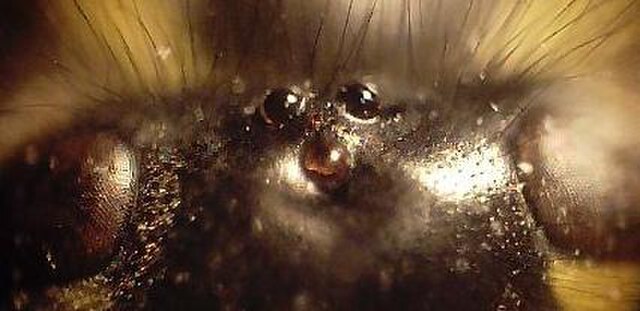Crustaceans are a group of arthropods that are a part of the subphylum Crustacea, a large, diverse group of mainly aquatic arthropods including decapods, seed shrimp, branchiopods, fish lice, krill, remipedes, isopods, barnacles, copepods, opossum shrimps, amphipods and mantis shrimp. The crustacean group can be treated as a subphylum under the clade Mandibulata. It is now well accepted that the hexapods emerged deep in the Crustacean group, with the completed group referred to as Pancrustacea. The three classes Cephalocarida, Branchiopoda and Remipedia are more closely related to the hexapods than they are to any of the other crustaceans.
Image: Sally Lightfoot crab (4202519454)
Image: Humarus gammarus 1
Image: Procambarus clarkii
Image: Lysmata amboinensis in Tropicarium Oceanarium Budapest
Arthropods are invertebrates in the phylum Arthropoda. They possess an exoskeleton with a cuticle made of chitin, often mineralised with calcium carbonate, a body with differentiated (metameric) segments, and paired jointed appendages. In order to keep growing, they must go through stages of moulting, a process by which they shed their exoskeleton to reveal a new one. They are an extremely diverse group, with up to 10 million species.
Protaetia cuprea (copper chafer). Beetles are the most diverse order of arthropods.
Cicada climbing out of its exuviae while attached to tree
Long bristles (setae) of a Tliltocatl albopilosus tarantula
Head of a wasp with three ocelli (center), and compound eyes at the left and right








